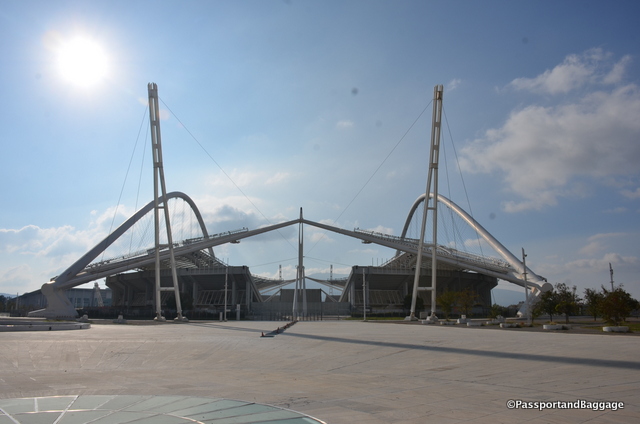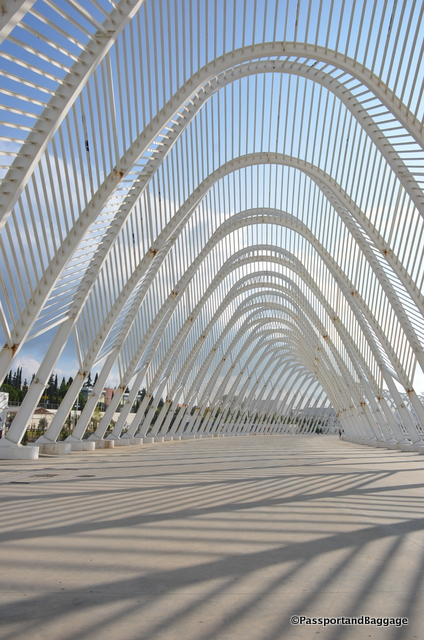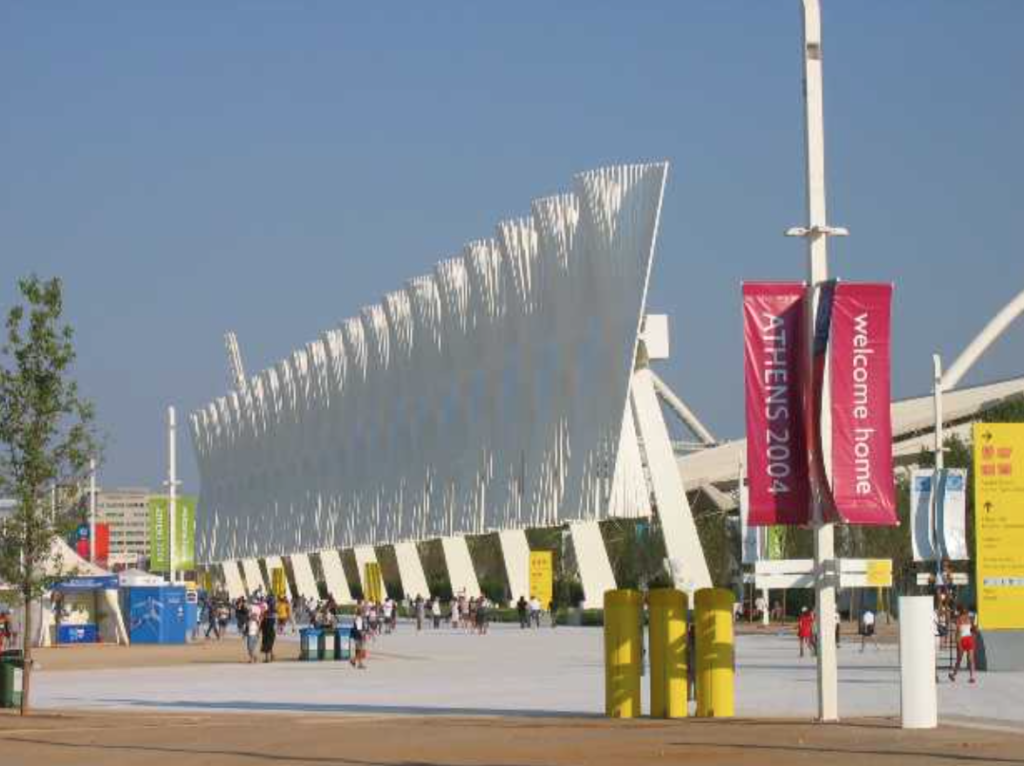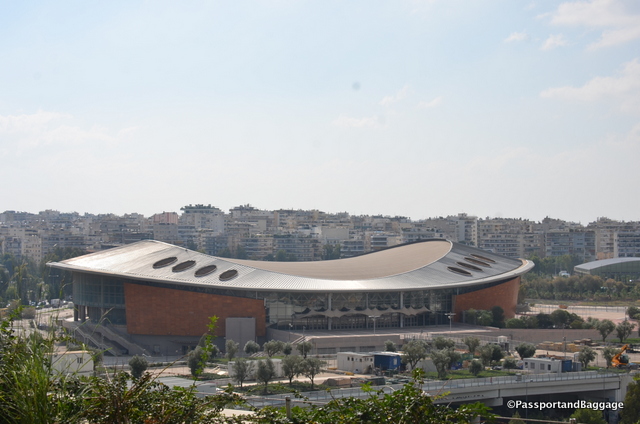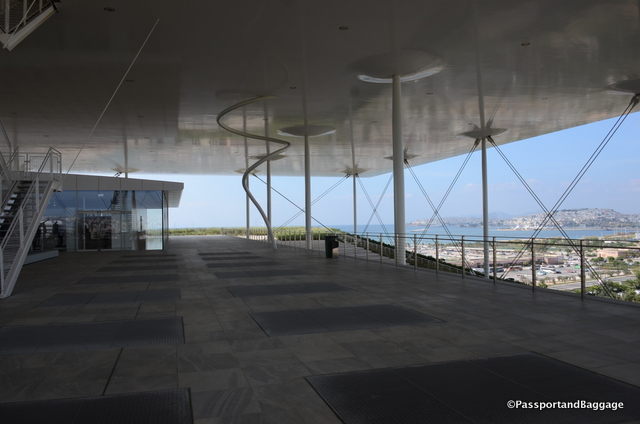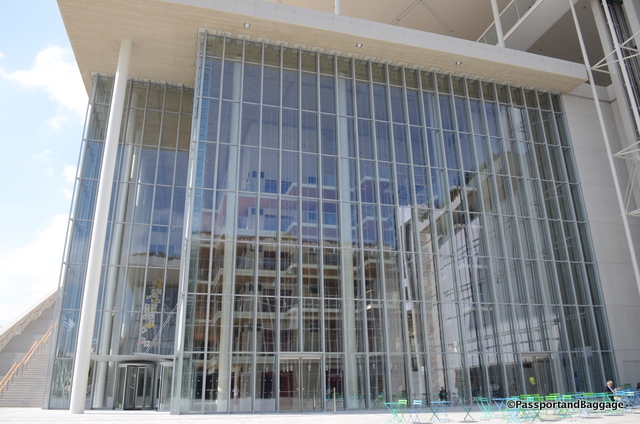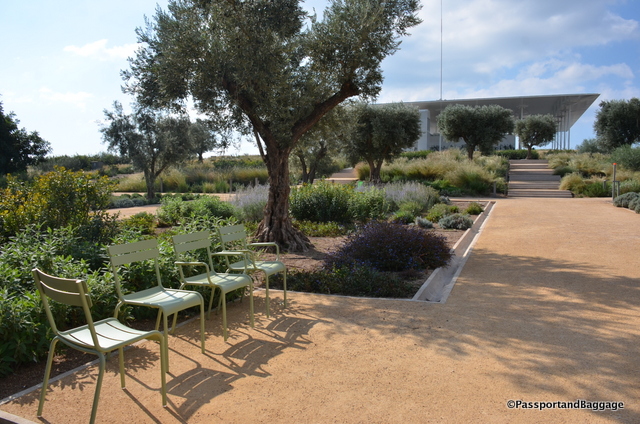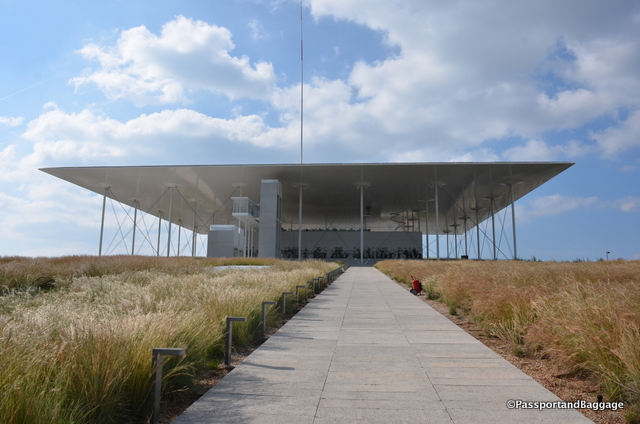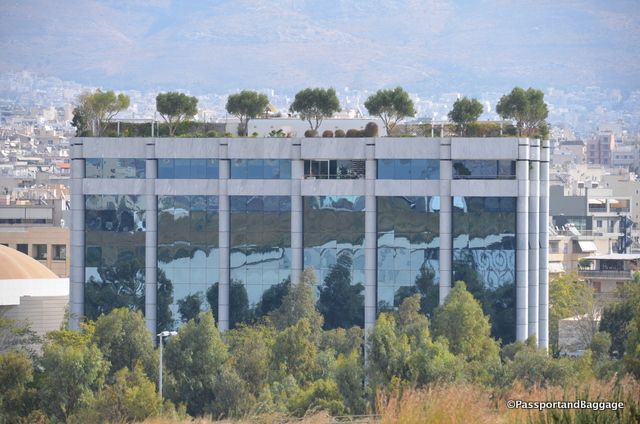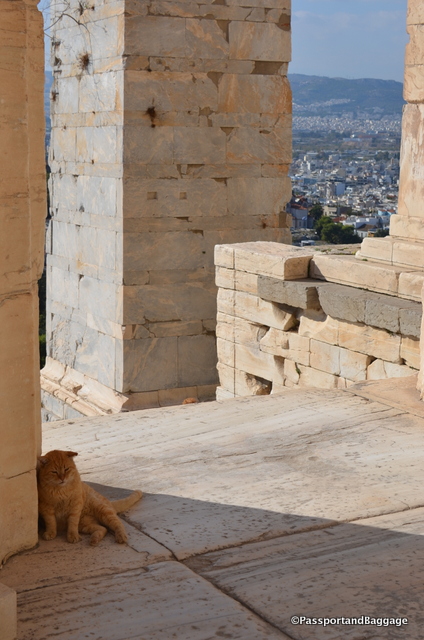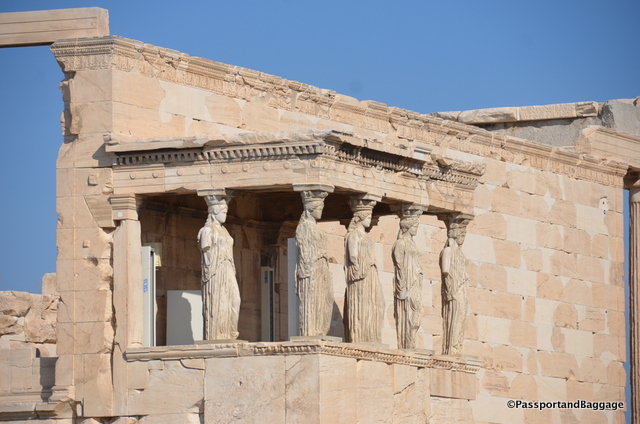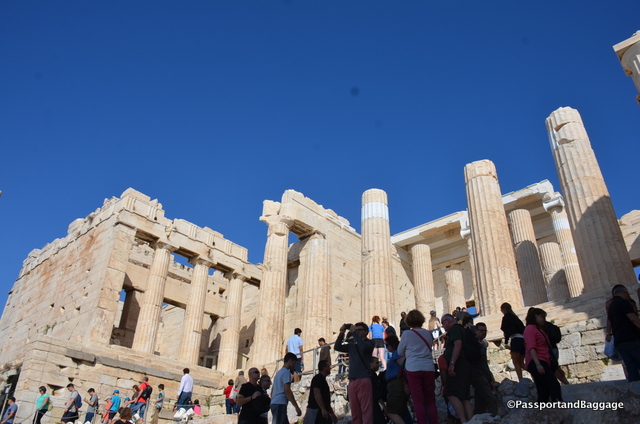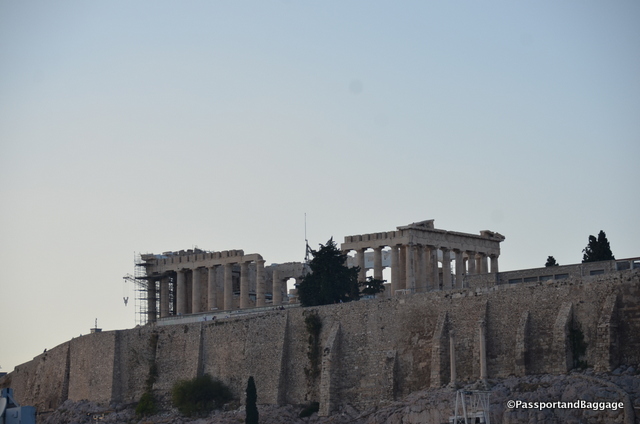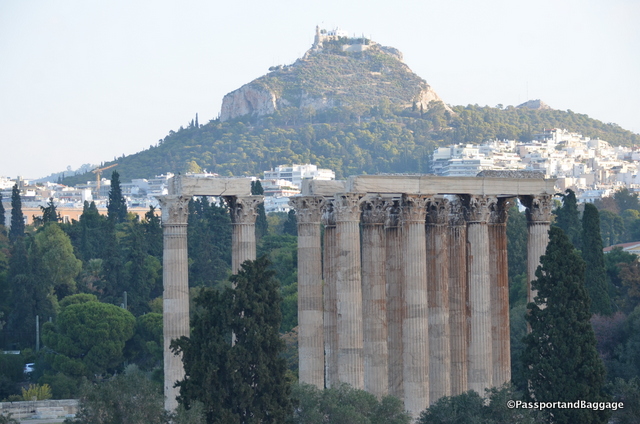October 25, 2016
Athens held the Olympics in 2004, and its stadium, like many after the Olympics, is abandoned and sad.
There is much speculation that the Athenians were so wrapped up in the crash of their economy to properly find re-use purposes for the buildings, but there is other discussion that they just didn’t handle things correctly. The truth is probably somewhere in the middle, but the result is a tragedy.
The Olympic Stadium of Athens “Spyros Louis” is named after the first modern Olympic marathon race winner in 1896. Originally designed in 1979 and built in 1980–1982, it was completed in time to host the 1982 European Championships in Athletics.
It was extensively renovated in time for the 2004 Summer Olympics, including a roof designed by Spanish architect Santiago Calatrava.
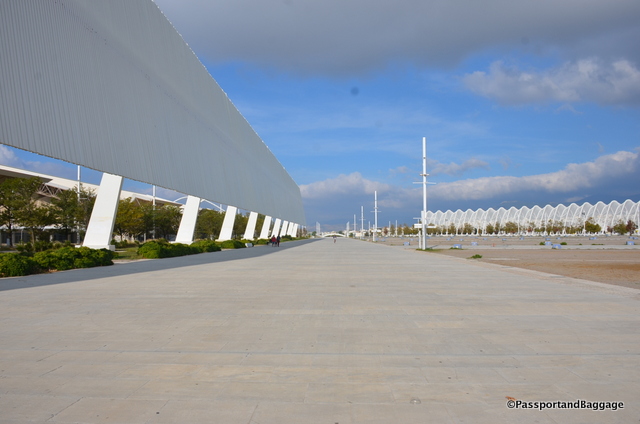
This was the Nations Wall, a tubular steel wall sculpture, designed to move in a wavelike motion, creating the effect of light and shadow over the central circulation spine and the Plaza of the Nations. It could also serve as a video screen.
The work of the new additions bear the unmistakable imprint of its architect, as can be seen in the bridges. His organic architecture puts the structural elements front and center.
Stavros Niarchos Cultural Center
The next building on our list was the Stavros Niarchos Cultural Center. It is built on Faliro Bay in an area of Athens called Kallithea, which means view. However, it no longer has a view.
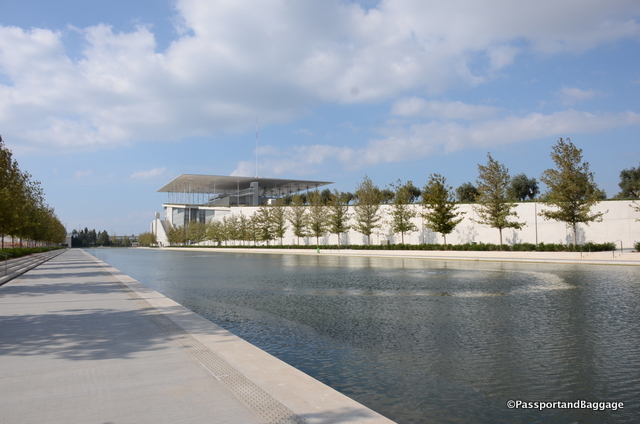 The project was designed by Renzo Piano with the intent to give the view back to the people. It is a giant sloping park that leads to a single building that holds both the National Library and the Opera House with a public area called the Agora, between the two buildings.
The project was designed by Renzo Piano with the intent to give the view back to the people. It is a giant sloping park that leads to a single building that holds both the National Library and the Opera House with a public area called the Agora, between the two buildings.
An entirely glass-walled library reading room sits on top of the building, it presently is being used as an art gallery, and has a magnificent 360-degree view of Athens and the sea.
The park is now open, however, the buildings are not, and when and if they will open is still open to speculation. The building was funded by the charitable foundation, Stavros Niarchos Foundation, it was then gifted to the state at a time when many other museums and cultural institutions are closing their doors.
When standing on the open area at the top the first thing that comes to mind is how the roof could so easily act as a sail and be lifted up and off into the sea. It was engineered by the London firm Expedition, and is made up of ferro-cement and a lot of seismic technology. Subtly curved like the wing of a plane, it is formed from a shell of concrete less than 1” thick, reinforced with a dense cage of fine steel mesh, which encloses a 3D steel truss, all held up on a sprung suspension system that allows it to move in the event of an earthquake. It is the largest ferro-cement span in the world.
When you only have one day in Athens, and you are two architects, you must finish with the Acropolis, covered in scaffolding or not.
I had not been there in almost 30 years, and was not only shocked at the changes to the venue, but the amount of tourists at the site. There is really nothing to say about the Acropolis that hasn’t been said by far better people than I, so here are a few fun shots.
Hotel Royal Olympic, worth every penny when you wake to this. I was on the 6th floor:
A great restaurant in the Plaka with a progressive and modern twist on Mediterranean is the Nerantzi at Mitropoleos 72.
I returned to a restaurant, completely by accident, that my late husband Michael and I had enjoyed when there several years ago. It is a delightful little spot with good Greek food and tables spilling down the neighboring stairs, Psaras Tavern.
